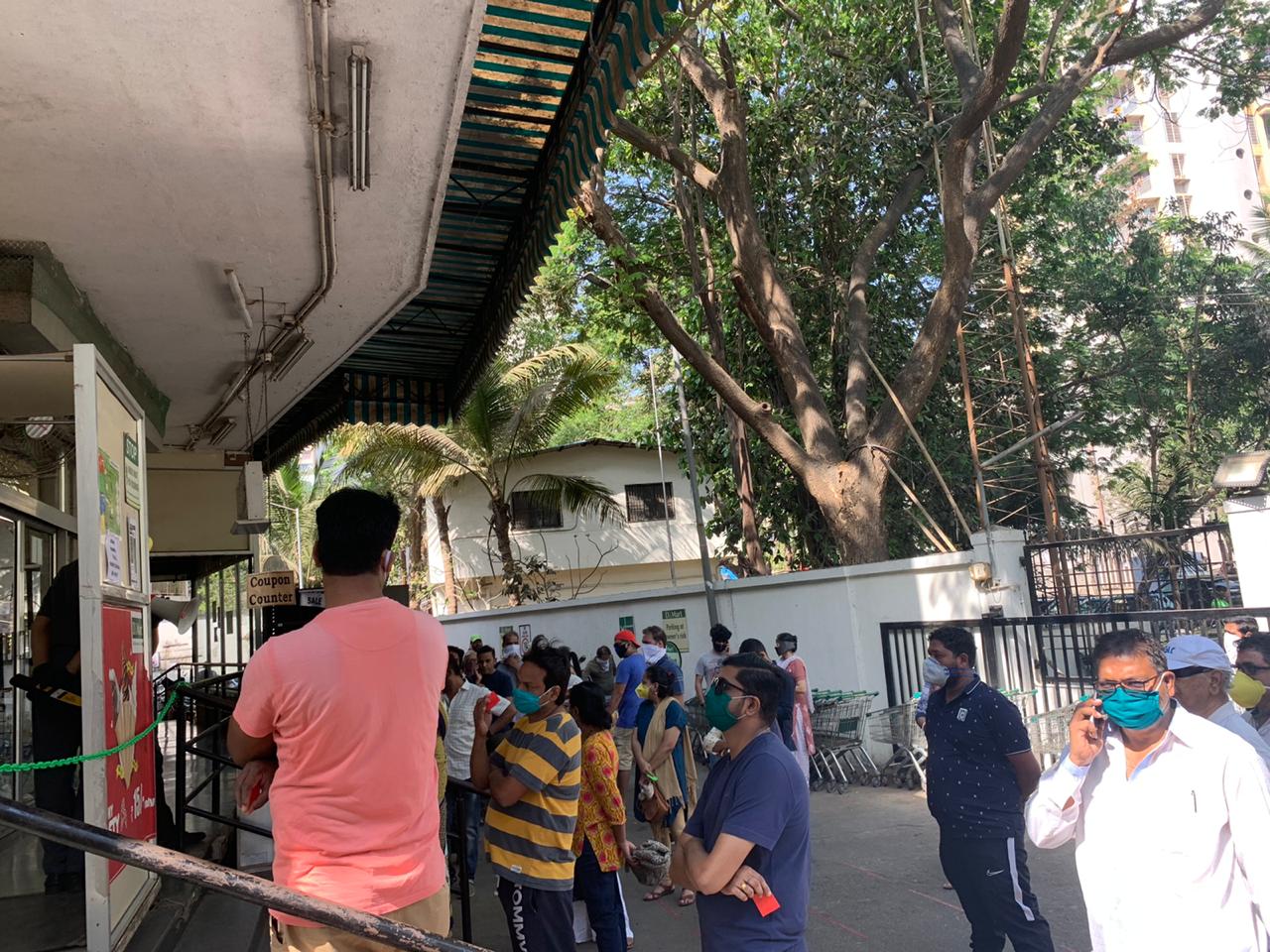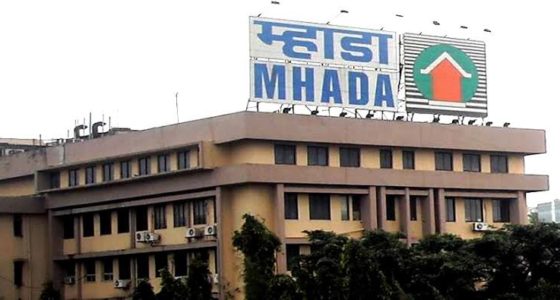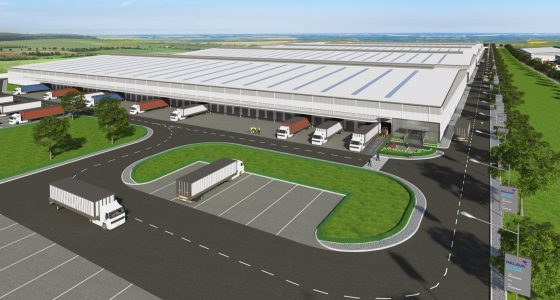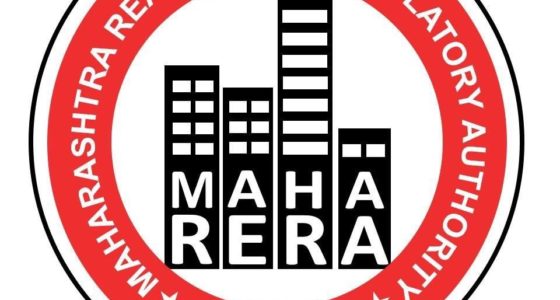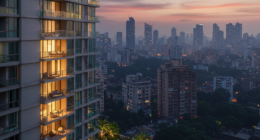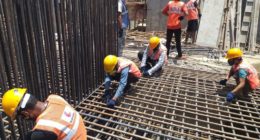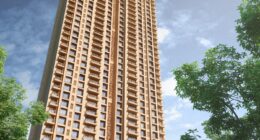A recent report by JLL India indicates that Tier II and III cities in India are poised for significant retail growth, with over 25 million square feet of new retail space projected to be developed by 2029. This surge is primarily driven by increasing consumer demand, the availability of land, and a previous scarcity of quality retail developments in these regions.
North India is expected to lead this expansion, accounting for 44% of the upcoming supply, with key cities such as Ludhiana, Jaipur, and Lucknow at the forefront. The South follows with a 30% share, led by cities like Coimbatore, Mallapuram, Thrissur, and Trivandrum. The eastern region, notably Guwahati, will contribute approximately 4.5 million square feet, while Western India is witnessing major developments in cities like Goa, Surat, and Ahmedabad.
Dr. Samantak Das, Chief Economist and Head of Research and REIS at JLL, noted that the average mall size in these cities is projected at 375,000 square feet, with four projects anticipated to exceed 1 million square feet. Most of these urban centers are located in state capitals or large cities, serving a broad consumer base that includes surrounding smaller towns, thereby creating opportunities for mid-scale and large-scale malls that enhance tenant mix and shopping experiences.
As confidence among retailers grows, many premium and bridge-to-luxury brands are entering these markets, reflecting rising consumer aspirations. Notable examples include Daiso Japan at Elante Mall in Chandigarh and Charles Tyrwhitt at Palladium Ahmedabad, marking their first stores in India.
Developers are actively acquiring land in strategic locations for these retail projects, particularly in cities such as Jaipur, Lucknow, Mohali, Ahmedabad, Surat, and Coimbatore. Some plans also include mixed-use developments that will integrate retail, food and beverage, office spaces, and hospitality.
Institutional investors are increasingly focused on these emerging urban centers as well, recognizing the potential in Tier II and III cities. Approximately 30% of institutionally held retail assets, totaling around 9.12 million square feet, are now located in these smaller cities, including Amritsar, Chandigarh, Ludhiana, Udaipur, Mysuru, Mangaluru, Indore, and Bhubaneswar.
As developers capitalize on lower land costs and growing consumer demand, the retail landscape in India continues to evolve, offering a mix of national and international brands and boosting confidence among retailers in these burgeoning markets.
Also Read: Indoor Amusement Centers Transforming India’s Retail Landscape: JLL Report
